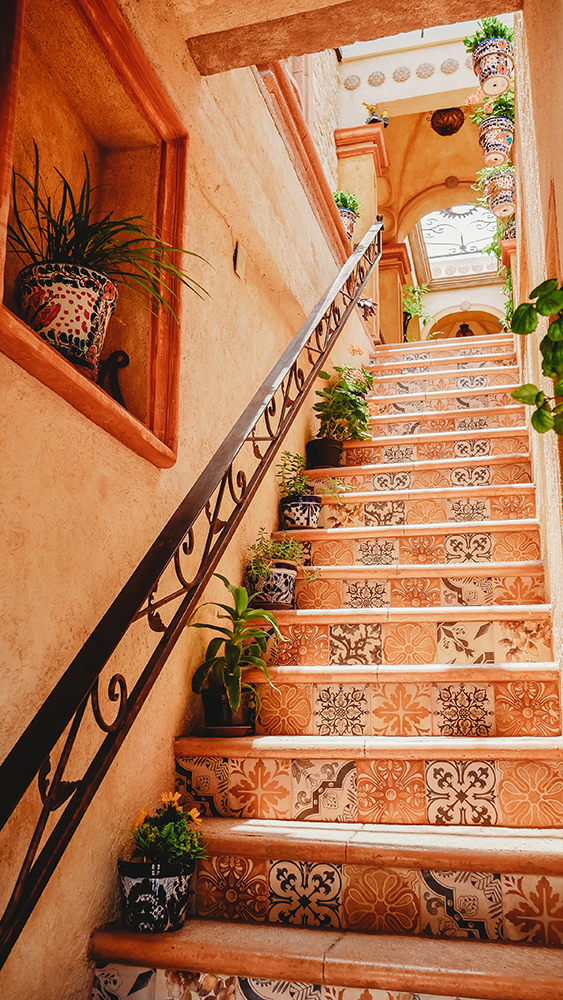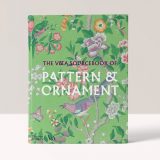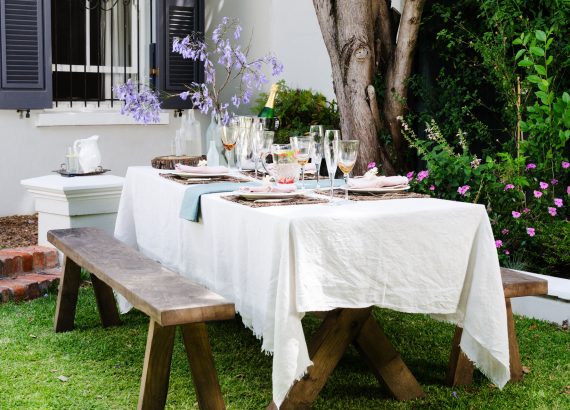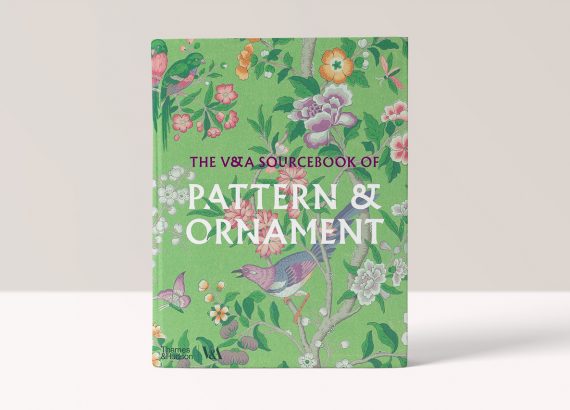Exploring beautiful Buildings

Many of us have a love of beautiful buildings, but what about the younger generation?
Developing creativity and a curious mind is so important and while children will be encouraged to catch up on more academic subjects in school, it is also vital to their futures that their creativity is also stimulated.
One of the most natural ways of doing this is through conversation and sharing points of interest as they occur. Children are often naturally observant and their appreciation and understanding can be fostered by encouraing this discovery.
Earlier this year we wrote a feature about Celebrating our Homes and reviewed
Bold British Design – Modern living spaces to inspire fearlessness and creativity by Emilio Pimentel-Reid – Sarah Hogan
The content is a mixture of structured interviews and narrative, full of personal contributions and advice for those looking to create their own interiors.
Many of those interviewed talk about taking inspiration from previous decades, for example visiting National Trust and English Heritage properties, other historic houses, museums such as the Victoria & Albert Museum (V & A) and some of this information is included in a really useful resource list at the back of the book.
We loved the description by Lucy Hammond Giles, a Decorator at Sibyl Colefax & John Fowler, of how she encourages her children to be interested in the history of houses:
‘To find inspiration I like going to old houses…..I usually drag the children because I think it’s good for them. The more you can see from a young age the more you understand that there is no right or wrong way to live. There are just different ways to live”
You can read more here:
https://beautifulheirloomhome.co.uk/celebrating-our-homes/
Sadly, as a result of the pandemic, many families found the opportunities to share these beautiful places restricted, and as a result many of the natural opportunities to develop young people’s knowledge was reduced. However, now with many of the restrictions lifted, the autumn is a perfect time to explore beautiful places, its also an opportunity to encourage and develop creative minds.
Our children can still remember their first visit to The National Gallery, and being amazed at the scale and size of the paintings, choosing to take a print home of their favourite painting which adorned their walls along with more popular culture posters.
Many venues hold events during the school holidays and while some may be already booked for this half-term, there are ongoing virtual sessions, weekend events, or you can plan for 2022.
There are beautiful buildings everywhere and it is never too early to help them understand the basics of architecture. When you take them inside a beautiful building, just pause and help them take in the overall space, particularly the ceilings, which often have beautiful detail and can be awe-inspiring. Windows also have beautiful details, or there may be sculptures, or carvings.
This can also present an opportunity to understand more about how the different parts of a building are created. we have an incredible range of heritage craft skills in the UK, but many of these skills are in the hands of people unable to pass them on. The Heritage Crafts Association have create a Red List of Endangered Crafts in the hope of encouraging new interest in developing these skills. Where workshops are available do encourage young people to develop new creative skills.
https://heritagecrafts.org.uk/redlist/

With modern architecture encourage them to notice the unusual shapes, there are so many examples of geometric and futuristic designs, where staircases create beautiful swirls when viewed from above, or windows frame a beautiful view, or new and innovative materials have been used.
The Royal Institute of Architecture (RIBA) offer family days and workshops with large-scale family days offering an opportunity to learn and work together on a variety of drop-in and timed activities including big builds, digital workshops and collaborative installations.
During the school holidays, their one-day and multi-day creative workshops allow you to work individually and in teams to develop creative skills through design and construction challenges. Find out more here:
https://www.architecture.com/education-cpd-and-careers/learning/families-and-children-workshops
There are also other opportunities for online, virtual and community projects as well as work experience for young people.
Another way of encouraging observation is taking a sketch book outside, one of my favourite books to encourage this is Urban Sketching – Step by Step by Klaus Meier-Pauken published by Search Press.
On every page there is encouragement and advice on how to create perspective accurately, introduce texture and shading, how to bring people into the picture, draw water and so much more, as well as the 18 step by step exercises.
If you are inspired to try urban sketching yourself, or as a family, this book is a wonderful companion. If you would like to read our full review visit our sister website:
http://mycreativenotebook.co.uk/urban-sketching-step-by-step-klaus-meier-pauken
You can supplement your observation by taking photographs, so that you can complete the sketches at home. Encourage them to also photograph buildings from different angles, look for unusual examples of windows, colours on the buildings, railings, balconies.

In Urban Sketching I particularly loved the sentiment in the Afterword, when Klaus describes his own favourite places,
‘Despite the wealth of fabulous buildings in Paris…. I always find my attention is drawn to the less spectacular rows of townhouses found in certain quarters of the city. Time and time again, I find myself enchanted by towering walls, narrow windows, fitted with ornate grilles and shutters and firewalls capped by multiple chimneys resembling the pipes of an organ……. In Venice it is the façades and interiors that catch my eye in all their diversity, beauty and perfection, as well as the carefully proportioned walls that surround the city’s squares and connect them to all those narrow alleyways to produce a wonderful spatial sequence’
Another way of encouraging observation is taking time to look at the exterior of buildings and the little details that might be missed, for example:
One architectural detail that has stayed with me since my school days is the identification of the different classical orders of columns, being able to distinguish the differences between Doric, Ionic and Corinthian decoration at the top of columns is something that can easily be shown to children as many of our buildings still have this feature and it is a fun observational activity.
Whether you live in a rural, or urban community there are so many opportunities to encourage observation, some villages create treasure hunts where children look for clues in shop windows. You can create your own Architectural Treasure Hunt, by walking around your local area and spotting unusual features and putting together some clues before talking your children around the same walk; finding the clues and ending up in an unusual location for a drink or a meal. So many old buildings have been repurposed as restaurants, or coffee shops.
If you go on holiday continue encouraging their interest as every country and culture will have beautiful examples of architecture.
Children can be very creative when it comes to designing their own ideal house, this is a delightful way of introducing them to building design. Encourage them to notice buildings of all different shapes and sizes, inspire them to think about different building materials, the importance of sustainability and keep their natural curiosity alive.
It’s never too early to foster a life-long interest in beautiful buildings.

















